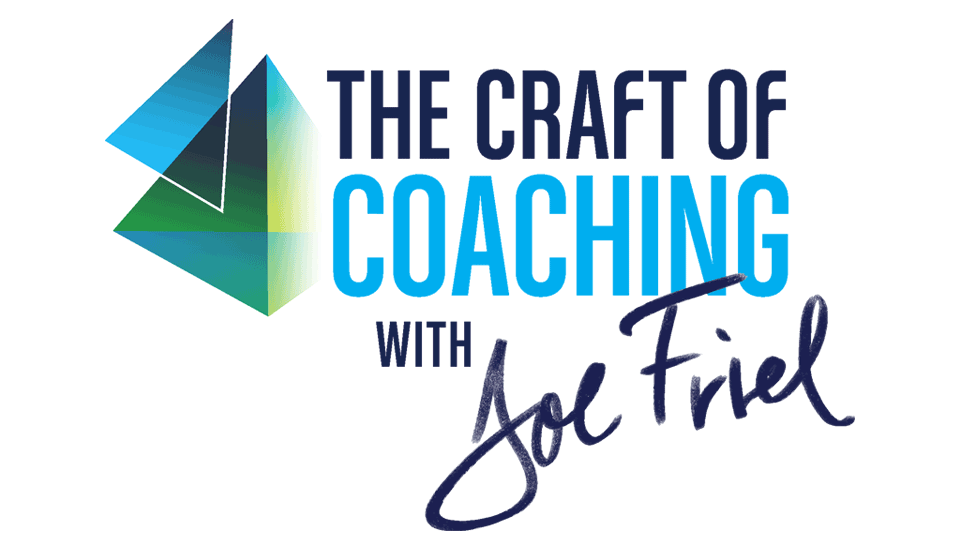Frank Overton, FasCat Coaching
As FasCat Coaching grew, it opened a brick-and-mortar performance center and sold power meters. Once the market was saturated, Frank Overton took his business virtual and set his sights on coaching athletes nationwide.
As FasCat Coaching grew, it opened a brick-and-mortar performance center and sold power meters. Once the market was saturated, Frank Overton took his business virtual and set his sights on coaching athletes nationwide.
